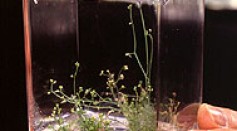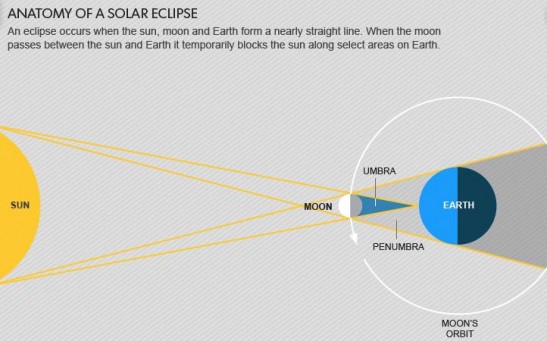nasa

Not Just NASA ‘Ducks & Covers’—Comet Siding Spring

Not Just NASA ‘Ducks & Covers’—Comet Siding Spring

NASA’s Spacecrafts ‘Duck And Cover’ Behind Mars as Comet Passes Through

NASA’s Spacecrafts ‘Duck And Cover’ Behind Mars as Comet Passes Through

Taking A Bite Out of Sunlight—US Expects A Partial Solar Eclipse

Taking A Bite Out of Sunlight—US Expects A Partial Solar Eclipse

On Droughts and Dust Bowls—California Looks Back to 1934

NASA Plans Life and Death on Mars—Planet’s First ‘Mars Plant Experiment’ to be Launched in 2020

NASA Plans Life and Death on Mars—Planet’s First ‘Mars Plant Experiment’ to be Launched in 2020

Deserting Earth for a Chance in Space—Martian Pilgrims look to Mars for a New Permanent Adventure
Most Popular

AI Revolution in Medical Education: Transforming How Healthcare Professionals Learn

Optimizing Complex Catalog Systems with Graph Theory and Indexing

Exploring Life Beyond Earth: Study Claims Other Planets Could Be Suitable for Alien Life

Nikolay Karpenko Biography, Photo, Career, Accomplishments






